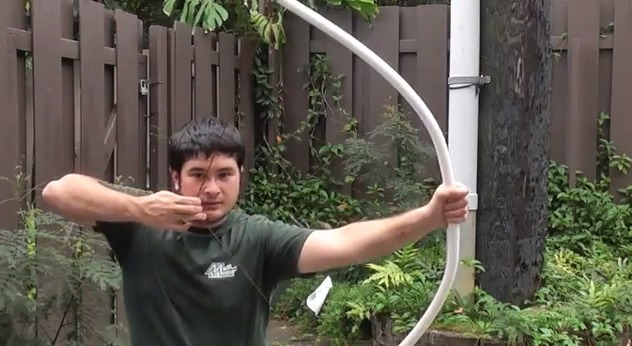Make tools
Build basic toy tools from cardboard, craft sticks, and tape, learning tool names, functions, and safe handling while creating a pretend toolkit.



Step-by-step guide to build basic cardboard toy tools
ALL About TOOLS | Working with Tools for Kids to Build
Step 1
Gather all the materials from the list and set them on a clear workspace.
Step 2
Use your pencil and ruler to draw simple shapes on the cardboard for a hammer head a wrench a screwdriver and a saw.
Step 3
Ask an adult to help you cut out the cardboard shapes with scissors.
Step 4
Tape a craft stick to the back of one cardboard shape to make a handle and press the tape firmly.
Step 5
Repeat attaching craft stick handles to each cardboard shape so every tool has a handle.
Step 6
Add extra tape along each taped seam to reinforce the handle and head connection.
Step 7
Trim any rough edges and shape details like saw teeth or a screwdriver tip with scissors.
Step 8
Decorate each tool with coloring materials to make them look like real tools.
Step 9
Write the name of each tool and a short note about what it does on the handle.
Step 10
Place all your finished tools into the small box to make your pretend toolkit and then share a photo of your finished pretend toolkit on DIY.org
Final steps
You're almost there! Complete all the steps, bring your creation to life, post it, and conquer the challenge!


Help!?
What can we use instead of craft sticks or cardboard if we can't find them?
If you don't have craft sticks or a sturdy cardboard sheet for the 'draw simple shapes on the cardboard' and 'Tape a craft stick to the back...' steps, use wooden spoons, rolled-up cereal box tubes, extra folded cardboard for handles, or thick foam sheets cut into tool shapes and attach them with tape or glue.
My handle keeps falling off — how do I fix it?
When a craft stick handle loosens after you 'Tape a craft stick to the back of one cardboard shape,' press the tape firmly, add extra tape along each taped seam as the instructions say, or have an adult reinforce the joint with glue until it dries.
How can I adapt the steps for younger or older children?
For younger kids have an adult do the 'draw' and 'cut out' steps and let them trim rough edges, decorate, and place tools in the small box, while older kids can use the pencil and ruler to measure and draw accurate shapes, cut their own pieces, shape saw teeth with scissors, and write the tool's name and note on the handle.
What are simple ways to make the pretend toolkit more realistic or fun?
After you 'decorate each tool' and 'write the name of each tool' on the handle, add Velcro dots or elastic loops inside the small box so tools stay put, create a pretend tool belt from fabric, and then share a photo of your finished pretend toolkit on DIY.org as the instructions request.
Watch videos on how to build basic cardboard toy tools
Safety Tips for Kids | What are safety rules for kids? Video for Kids
Facts about tool safety for kids
🧰 A homemade toolkit is a great way to teach safety: keep tools organized, check for sharp edges, and always work with an adult.
🎯 Building and using toy tools strengthens fine motor skills, creativity, and problem-solving through hands-on play.
📦 Cardboard is lightweight, easy to cut and fold, and is recyclable—perfect for eco-friendly crafts.
🛠️ Pretend tool play helps kids learn real tool names (like hammer and screwdriver) and how each one is used.
🪵 Wooden craft sticks are strong for their size and are commonly used to make tiny handles, levers, and frames.
How do you build basic toy tools from cardboard, craft sticks, and tape?
What materials do I need to make a pretend toolkit with cardboard and craft sticks?
What ages is this cardboard tool-making activity suitable for?
What are the benefits and safety tips for making pretend tools with kids?


One subscription, many ways to play and learn.
Only $6.99 after trial. No credit card required



